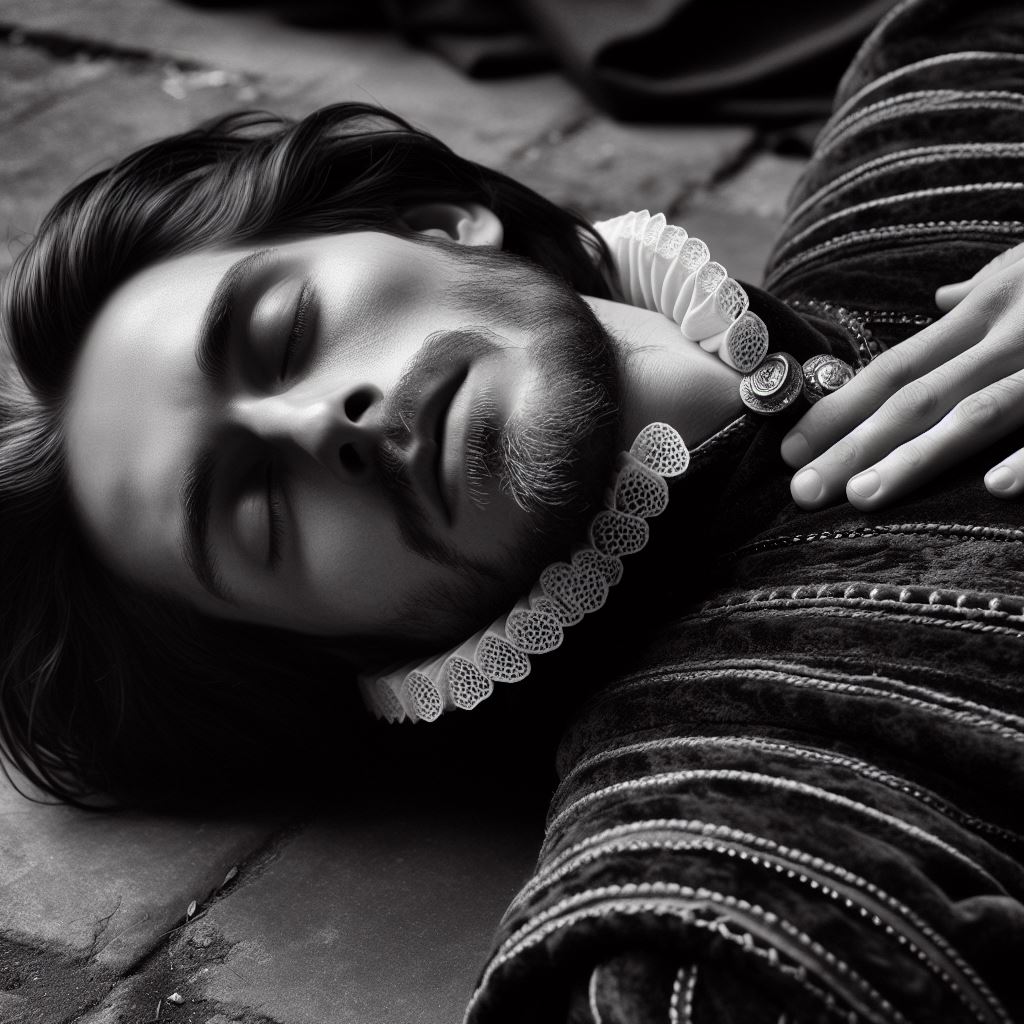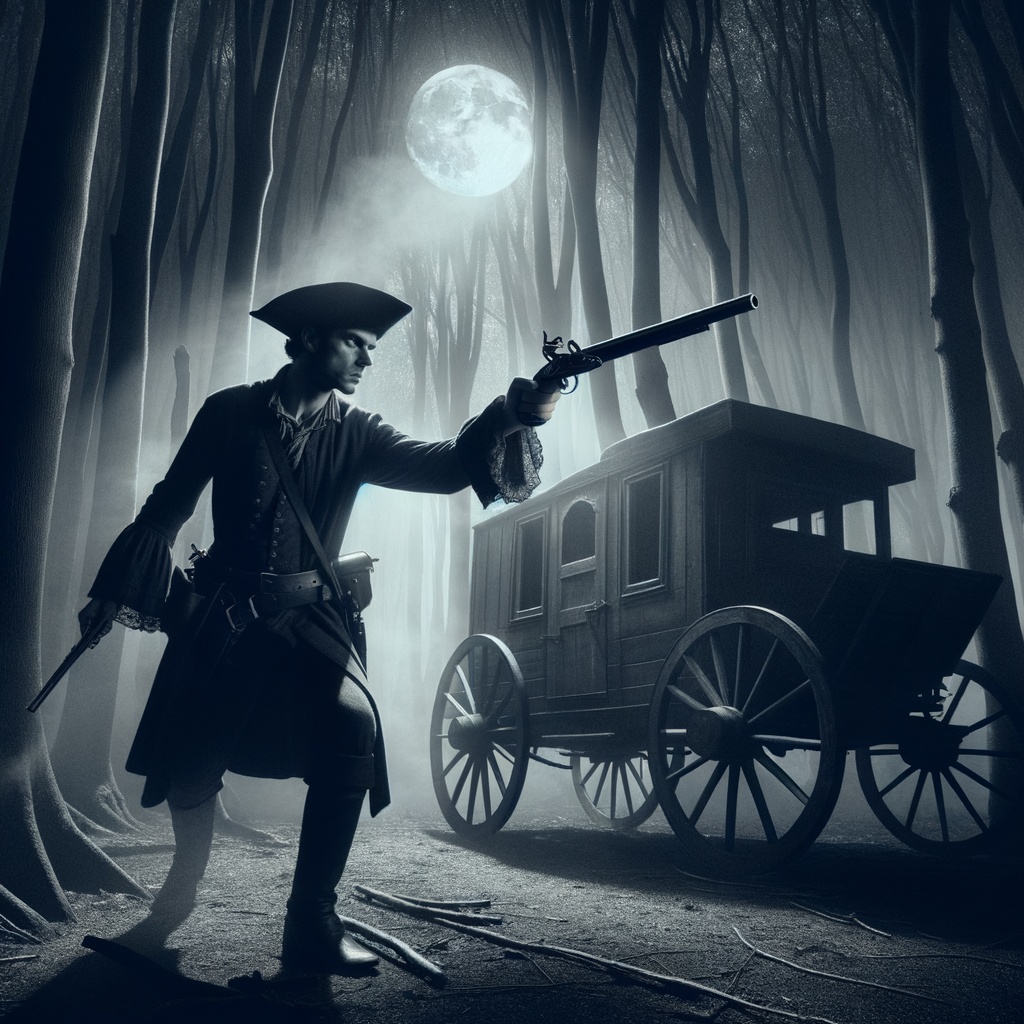Priests and prostitutes may not seem an obvious combination but in the Middle Ages – nobody would have batted an eyelid. It was well known that men of the cloth and women of the night were having fun down in Southwark!
Last week, I got my hands on an 1814 guide to London. There’s one page that made me chuckle, describing the way in which priests and prostitutes had fun together. On the south bank of the river Thames, in the borough of Southwark, every other house seemed to be a brothel. Londoners strolled across the bridge linking their city to this playground and paid for sex in one of the many “stews” – a delightful word for a brothel.
Stewholders – brothel keepers – rented their premises from powerful landowners. These included the Lord Mayor of London Sir William Walworth (died 1385). These enterprising women were often from across the English Channel in modern Belgium and the Netherlands. They were referred to as the “bawds of Flanders” or “Froes”.
The authorities took a surprisingly lenient view of their activity provided certain rules were obeyed. Stews were not to open on a Sunday – after all the priests who formed a goodly part of the clientele would be busy in church.
Married women could not work in them and female criminals who had been branded for their crime were forbidden to get involved. These were moral establishments after all!
Catholic priests and bawdy prostitutes
My book, dating from 1814, takes a typically anti-Catholic line. The Middle Ages is depicted as a time of dark superstition and cruelty. When it comes to the stews, the author thinks that brothels were so prevalent because so many Catholic priests before the Protestant Reformation had taken vows of celibacy. It was a vow few of them could keep.
Perhaps in days when thousands were tied up by vows of celibacy, these haunts might have been necessary, for neither cowl nor cope had virtue sufficient to annihilate the strongest of human passions.
The signs for these stews didn’t hang off the building but were painted on the walls. The author thinks it’s hilarious that one brothel was called The Cardinal’s Hat. The involvement of the clergy weren’t just as potential clients. The bishop of Winchester – who ran much of Southwark – didn’t bat an eyelid as he taxed the prostitutes. It was good money. He wasn’t going to forego his cut.
In fact, his taxation became a subject of ribald gossip among Londoners. As they arrived over London bridge, the prostitutes would squawk and cackle at them – looking for business. They became known as the “Winchester Geese”. Let’s hope the bishop saw the funny side.











